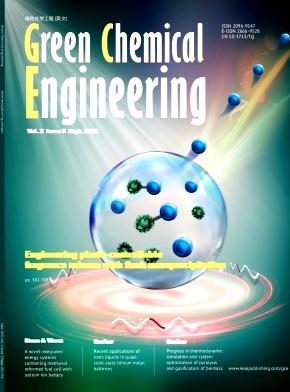Pressure swing adsorption process modeling using physics-informed machine learning with transfer learning and labeled data
IF 9.1
Q1 ENGINEERING, CHEMICAL
引用次数: 0
Abstract
Pressure swing adsorption (PSA) modeling remains a challenging task since it exhibits strong dynamic and cyclic behavior. This study presents a systematic physics-informed machine learning method that integrates transfer learning and labeled data to construct a spatiotemporal model of the PSA process. To approximate the latent solutions of partial differential equations (PDEs) in the specific steps of pressurization, adsorption, heavy reflux, counter-current depressurization, and light reflux, the system's network representation is decomposed into five lightweight sub-networks. On this basis, we propose a parameter-based transfer learning (TL) combined with domain decomposition to address the long-term integration of periodic PDEs and expedite the network training process. Moreover, to tackle challenges related to sharp adsorption fronts, our method allows for the inclusion of a specified amount of labeled data at the boundaries and/or within the system in the loss function. The results show that the proposed method closely matches the outcomes achieved through the conventional numerical method, effectively simulating all steps and cyclic behavior within the PSA processes.

利用迁移学习和标记数据的物理信息机器学习建立变压吸附过程模型
变压吸附(PSA)的建模一直是一项具有挑战性的任务,因为它具有很强的动态和循环特性。本研究提出了一种系统的物理信息机器学习方法,该方法集成了迁移学习和标记数据,以构建PSA过程的时空模型。为了逼近加压、吸附、重回流、逆流减压和轻回流等具体步骤的偏微分方程(PDEs)的潜在解,将系统的网络表示分解为5个轻量级子网络。在此基础上,我们提出了一种基于参数的迁移学习(TL)与域分解相结合的方法来解决周期性偏微分方程的长期集成问题,加快了网络的训练过程。此外,为了解决与尖锐吸附锋相关的挑战,我们的方法允许在损失函数的边界和/或系统内包含指定数量的标记数据。结果表明,该方法与传统数值方法的结果非常接近,可以有效地模拟PSA过程中的所有步骤和循环行为。
本文章由计算机程序翻译,如有差异,请以英文原文为准。
求助全文
约1分钟内获得全文
求助全文
来源期刊

Green Chemical Engineering
Process Chemistry and Technology, Catalysis, Filtration and Separation
CiteScore
11.60
自引率
0.00%
发文量
58
审稿时长
51 days
 求助内容:
求助内容: 应助结果提醒方式:
应助结果提醒方式:


